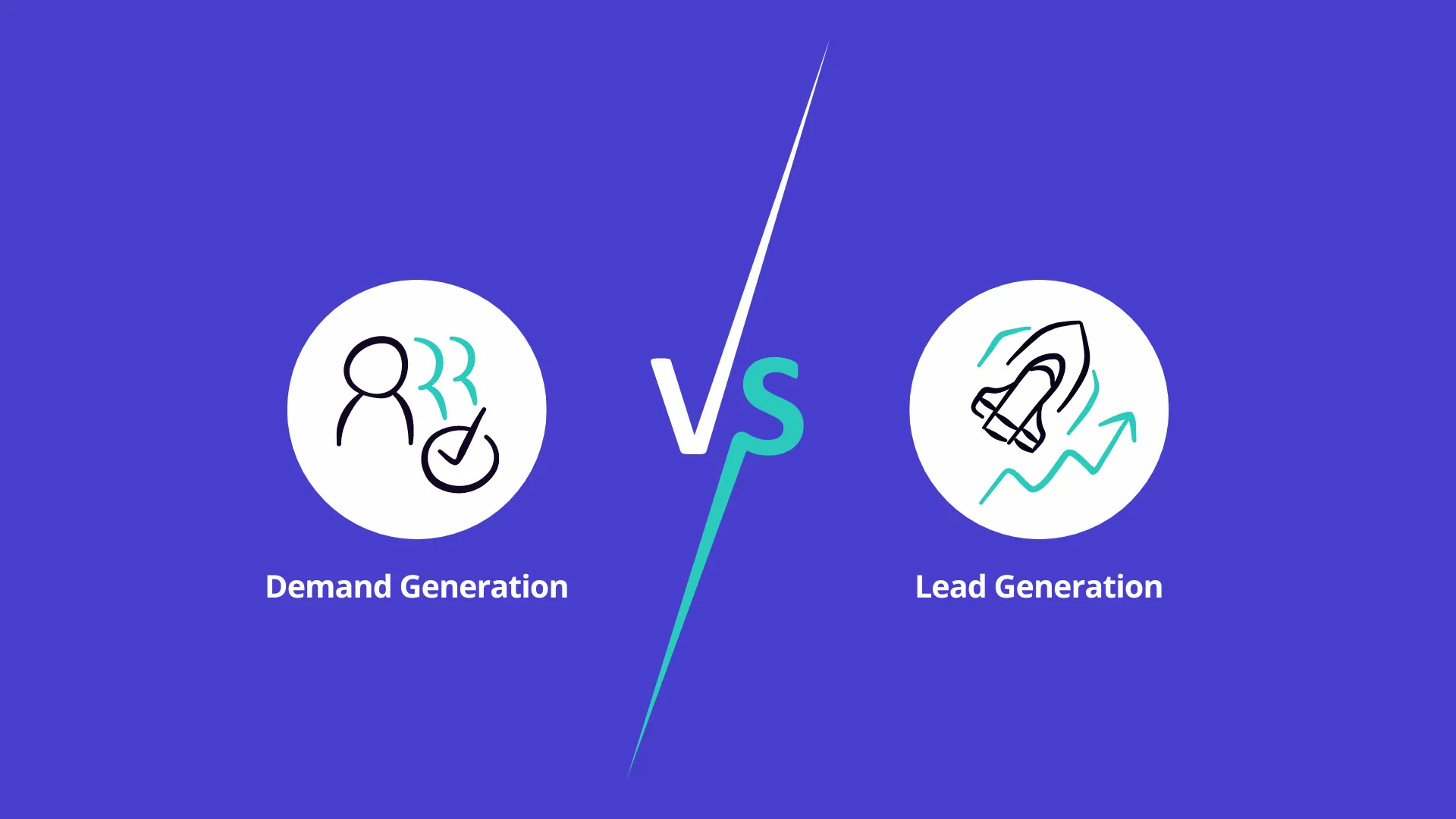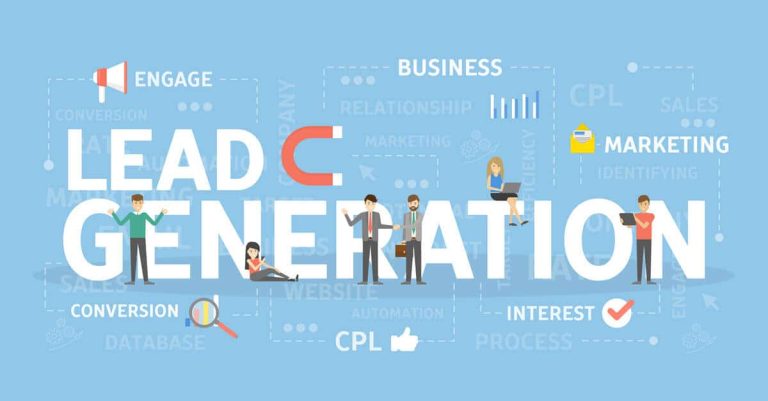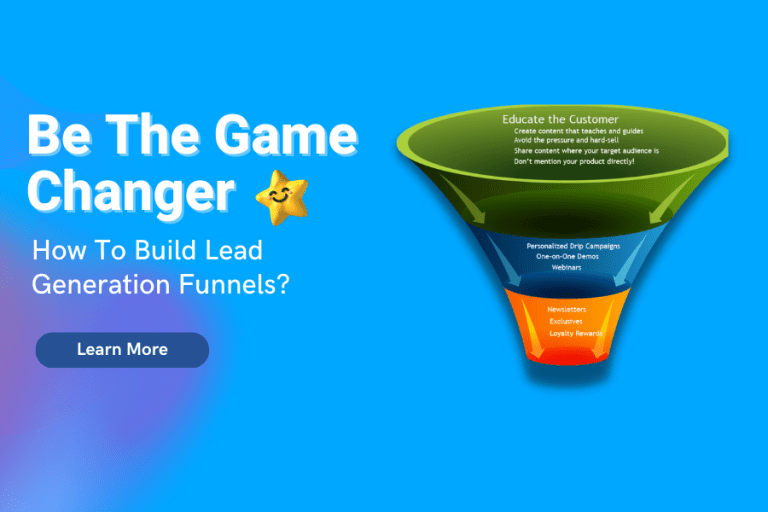Demand Generation vs. Lead Generation – A2Media
Demand generation is all about creating an URGENT demand for your product or service. It’s the process of generating leads and getting them interested in what you have to offer.
Lead generation, on the other hand, is all about bringing in new customers. It’s the process of finding qualified leads and acquiring them through various means. The two processes are very different, and they each have their strengths and weaknesses. Let’s start the article.
What is Demand Generation?
Demand generation is the process of creating demand for a product or service. This can be done through marketing techniques, public relations, or even created incentives.
It is important to remember that demand generation is not only about getting people to buy a product; it’s also about getting them to want it.
By understanding what drives demand, businesses can create products and services that customers will want and need.
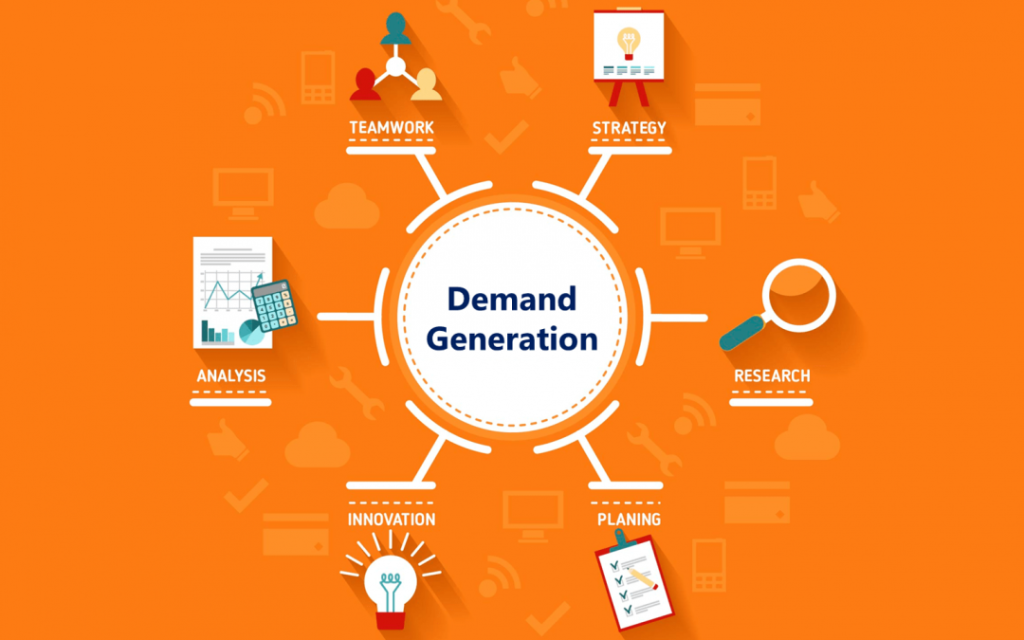
What is Lead Generation?
Lead generation is the process of acquiring new leads from potential customers. It can be done through online or offline means, but the goal is always the same- to bring in new business.
There are a lot of ways to go about it, but the most effective ones always start with a plan. You need to know who you’re targeting and what kind of message you want to send them.
You also need to have a strategy for contacting them and making sure that you’re delivering value before asking for anything in return.

How to Execute Successful Demand Generation Campaigns?
Demand generation is an essential part of any organization’s growth strategy, and it can be a challenge to execute effectively.
This article will outline some tips on how to create successful demand-generation campaigns.
1. Start with the end in mind: Before starting any campaign, make sure you have a clear goal in mind. What do you want your audience to do as a result of seeing your message?
2. Identify your target market: Who is most likely to respond favorably to your message? Once you know who your target market is, focus your marketing efforts on them.
3. Create compelling content: Your content should be interesting and engaging for your target market, and it should also contain specific information about the benefits of using your product or service.
4. Promotion: Promote your campaign strategically.
How to Execute Successful Lead Generation Campaigns?
Lead generation is one of the most important aspects of any marketing campaign, and businesses need to execute successful lead-generation campaigns if they want to see a positive return on investment. Here are a few tips for executing successful lead-generation campaigns:
1. Identify your target market: The first step in any successful lead generation campaign is identifying your target market. This involves understanding who you’re trying to reach and their needs. Once you have this information, you can begin developing targeted content and advertising that will appeal to them.
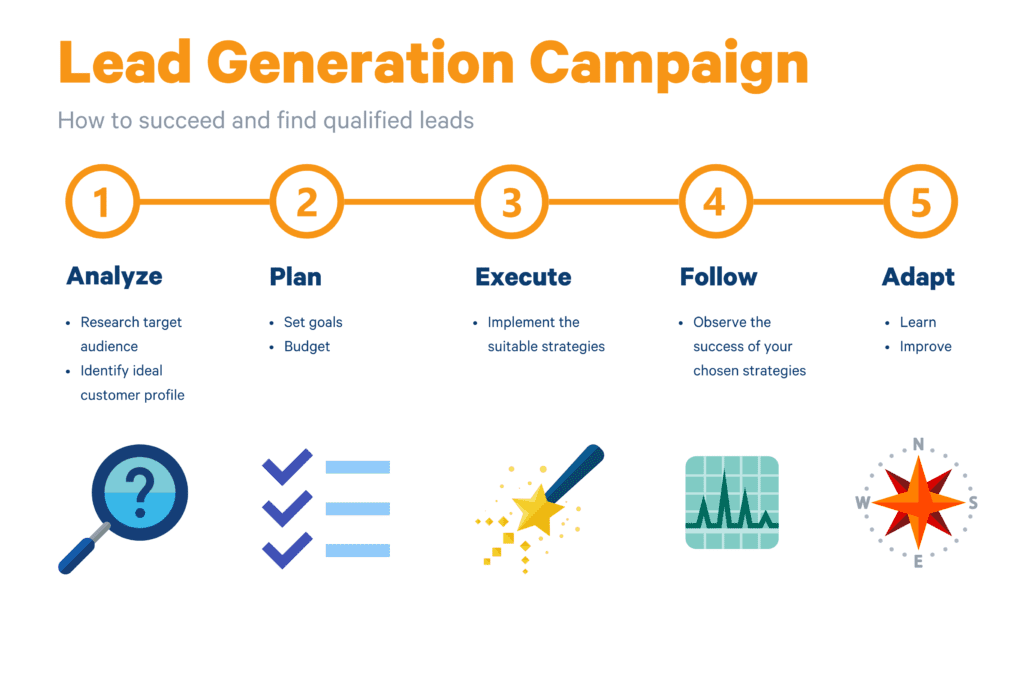
2. Create compelling content: Lead generation content should be compelling enough that readers will want to learn more about your product or service. Make sure all of your content is designed with precision so that it can convert visitors into leads.
3. Email Marketing: Use email marketing as a key tool for lead generation.
Major Key Difference B/w Demand Generation & Lead Generation
There are a few key differences between demand generation and lead generation, which can impact your marketing strategy.
- Acquire New Customers: Demand generation focuses on acquiring new customers, while lead generation aims to build relationships with existing customers.
- Use of Online Channels: Demand generation typically involves the use of online channels, such as email marketing, while lead generation relies more heavily on face-to-face interaction.
- Tracking and Measurement: Lead generation programs often require tracking and measurement to ensure success, while demand generation efforts are less reliant on measurements and can be more spontaneous.
- Turnaround Times: Lead generation programs usually have shorter turnaround times than demand generation campaigns, due to the lower volume of leads generated.
- Engagement Rates: Finally, lead generation activities may be more expensive than demand generation efforts because they involve higher engagement rates from leads and greater investment in outreach tools and content.
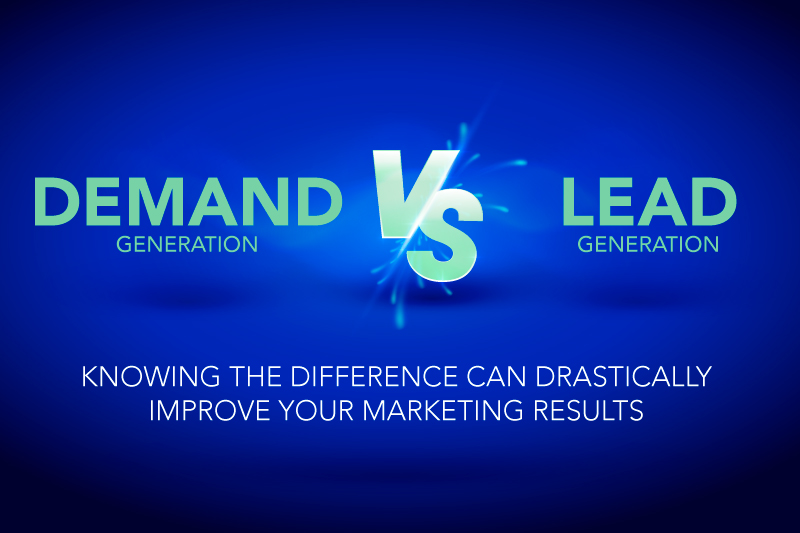
Parallelly Grow Demand Generation and Lead Generation for greater marketing impact
As businesses strive to stay ahead of the competition, they are increasingly turning to market strategies that generate demand and lead generation. By working together, demand generation and lead generation can create a powerful marketing force that can help your business reach new heights.
Here are three reasons why you should consider working together:
- Demand generation and lead generation work hand in hand to create a powerful marketing force. Together, they can help your business reach new heights by generating leads and expanding your customer base.
- They both can create valuable content for your website or blog. By creating valuable content, you can attract more readers and build brand awareness.
- This helps you generate more leads and grow your business even further.

